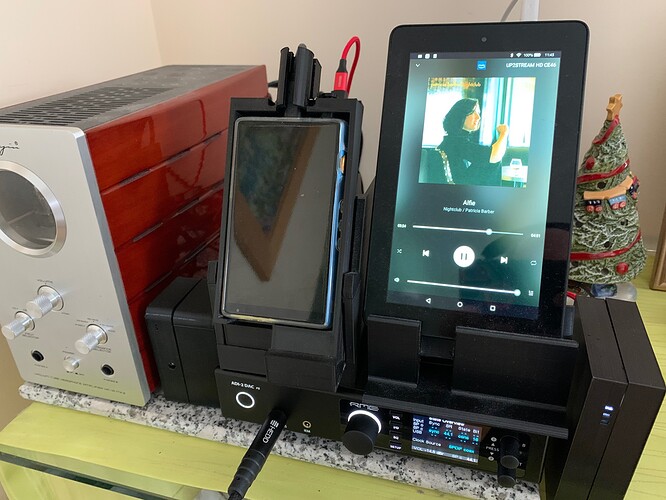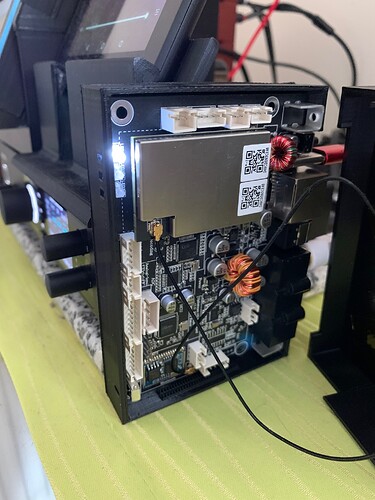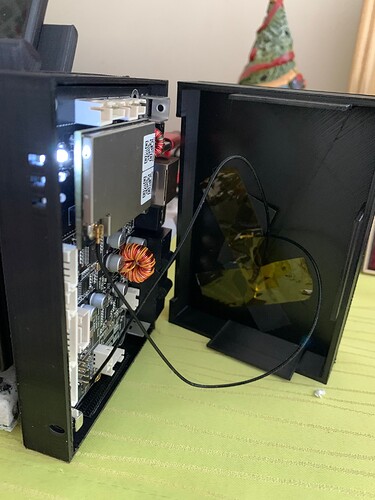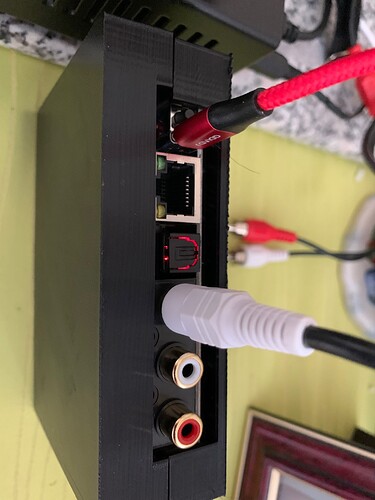I already have some experience with the Products from Arylic, the S10 and the Mini V3 pcb.
They all accept Hi Res Files (not DSD) up to 192 but then down-sample to 44.1KHz/16bits.
I was mightily impressed by the flexibility of these pocket money streamers (pocket money in terms of Audiophile spends of being less than £100),
S10 Connectivity USB, Wifi, Network, Bluetooth, aux input, aux output
Mini V3 has the same but no network port but what it does have is the ability to add SPDIF and an external DAC. I added an ESS9023 and SPDIF and improved the sound quality (already pretty good).
The Arylic products can be controlled by a phone app, a Web Link or IR remote. They can be linked as a multiroom setup and have extensive software sound manipulation possibilities via the purchase of a $20 software app see ACPWorkbench Stereo Equalizer Software-Arylic.com For more details.
For Music connectivity;
Spotify connect ,Airplay, Qplay, DLNA, UPnP, Spotify, Deezer, Tidal, Qobuz, iHeartRadio, TuneIn, Napster and Amazon music amongst others in their ability to connect to Music Services.
In Terms of a Bang for Bucks Streamer you have to spent a hell of a lot more to start to outperform them.
What Makes the Up2Stream HD DAC different is that this time around it doesn’t down sample but outputs up to 24/192 and also has APTX HD and Airplay 2. Still no DSD capability or MQA (although there is talk about this being included in a future software update). This is a relatively new product Jan 2022 launch and its pretty good but a lot dearer at $249 (watch out for offers, I picked mine up with a substantial discount). Up2Stream HD DAC - High-Res Multiroom Wireless Aptx HD Audio Streaming – Arylic
It’s a bare board setup probably around Raspberry Pi size but totally designed around audio with the Dac being an ESS 9038Q2m.
It has SPDIF optical and Coaxial, RCA outputs, IIS output among access to MCU GPIO pins for add on devices.
Straight off the Bat it sounds really good whither I feed the analogue output to my Cayin Valve amp or feed the RME ADI-2 DAC FS by SPDIF.
Currently its only controllable via the Phone app, there is no Web app yet, a separate purchase IR controller is available. The Software tool that is used on the other Arylic products isn’t available yet.
So why buy it? If all it is offering Full HD (24/192) for some streaming apps Qobuz HD and Tidal HiFi and DNLA, UPNP.
Well, I’m putting my faith in Arylics promises of future updates including an External Display, they are promising Amazon HD (Yes Please) and MQA (not fussed).
They have a great User Forum and some folks out there are using some of the DIY boards for great builds and multiroom systems. I’ve printed a 3d case for mine (see pics)
I’m currently listening to this using a set of HEDD Headphones through my RME and loving it even at 16bit Amazon feed. So do yourself a favour check out the Arylic products both your ears and pockets will be pleasantly surprised.





